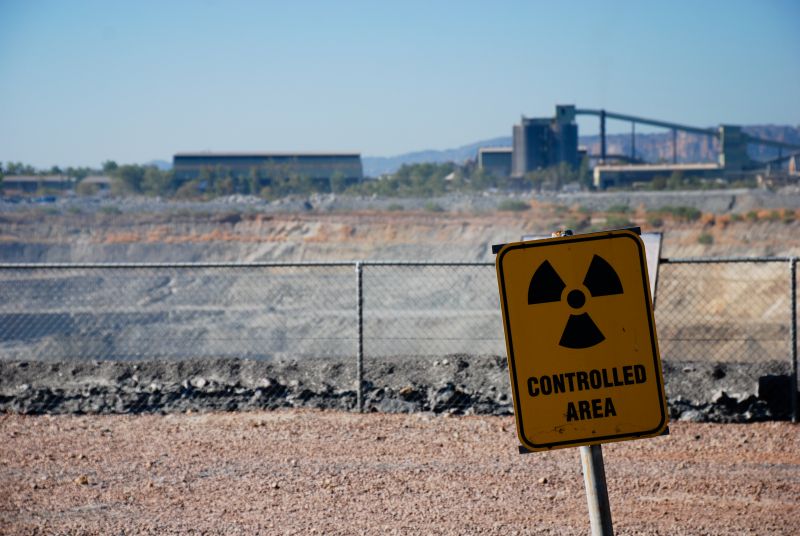US Scientists Study Impact of Uranium in Grand Canyon Region
Published on by Water Network Research, Official research team of The Water Network in Academic
Scientists with the U.S. Geological Survey have been gathering soil samples, testing wells and springs, and collecting toads, rodents and other things to better understand mining's impact.
U.S. scientists knew little about the impact of uranium mining in the Grand Canyon region before an Obama-era decision shut down new mining claims.

Ranger Uranium Mine, Representative Image, Source: Wikimedia Commons, Labeled for Reuse
Uranium first was discovered near the national park in the late 1940s and has been subject to boom-and-bust cycles.
Mines opened as prices soared for the radioactive element used for Cold War weaponry and now nuclear power and were then put on standby or closed as prices tanked.
The 20-year ban on new mining claims went into effect in 2012 to slow the flurry of claims and over concern that a water source used by 30 million people in the West could become contaminated. The mining industry asked the Supreme Court last week to review the ban, and President Donald Trump's administration is reviewing a portion of it.
Scientists with the U.S. Geological Survey have been gathering soil samples, testing wells and springs, and collecting toads, rodents and other things to better understand mining's impact. The studies are being done under budget constraints and a Trump administration proposal to cut off funding entirely.
Read full article: The New York Times
Media
Taxonomy
- Contaminant Removal
- Groundwater
- Mining Development
- Groundwater Recharge
- Groundwater Assessment
- Groundwater Modeling
- Groundwater Pollution
- Groundwater Mapping
- Uranium Mining
1 Comment
-
I have worked in sedimentary uranium deposits in both actively migrating oxidized zone and in a static, deep reducing zone. My first question is are we dealing with a deposit that is what is the oxidizing-reducing environment that the deposits are in?